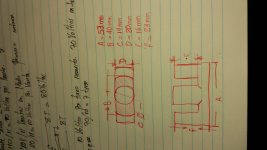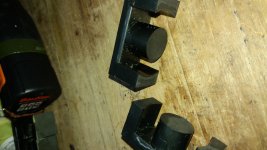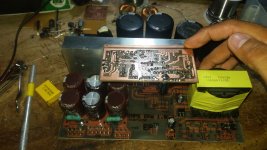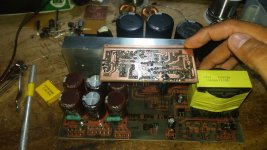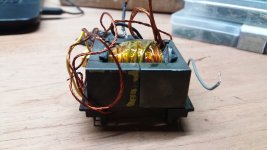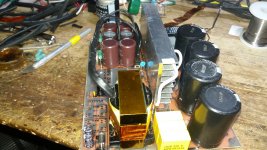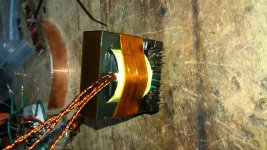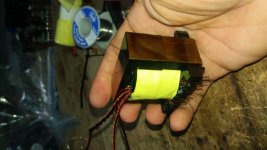Silvio
Well-known member
Finally my amplifier under construction, here are some pics and also a pdf file of the construction of this amplifier.
The amplifier can deliver 700 watts into 8 ohms with a dynamic burst of nearly 1000 watts
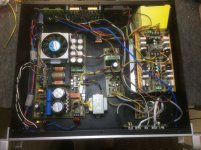
View attachment AMP PICS.pdf
Regards, Silvio
The amplifier can deliver 700 watts into 8 ohms with a dynamic burst of nearly 1000 watts

View attachment AMP PICS.pdf
Regards, Silvio

